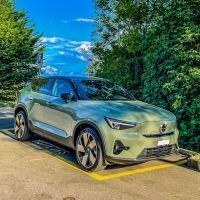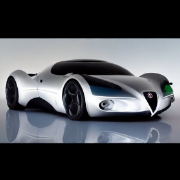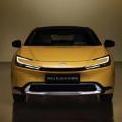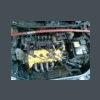Differenziali Autobloccanti
-
Contenuti simili
-
[Brazil] Fiat Palio Adventure Locker (Foto Ufficiali) 1 2 3
Pubblicato da nunoHGT,
- adventure
- autobloccante
- (e 5 altri in più)
- 22 risposte
- 6667 visite
-
Q2 Elettronico/ASR vs Q2 Meccanico 1 2 3 4 28
Pubblicato da Tommitel,
- asr
- differenziale
- (e 6 altri in più)
- 271 risposte
- 68969 visite
-
-
-



.thumb.jpg.902d2a4f20a129e92b6f6920407b81bd.jpg)











.thumb.jpg.d20c5008a881490f9c7f843d442a34f8.jpg)











Messaggi Raccomandati:
Crea un account o accedi per lasciare un commento
Devi essere iscritto per commentare e visualizzare le sezioni protette!
Crea un account
Iscriviti nella nostra community. È facile!
Registra un nuovo accountAccedi
Sei già registrato? Accedi qui.
Accedi Ora